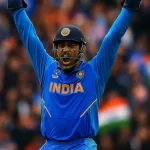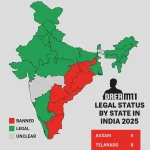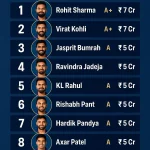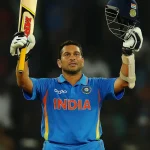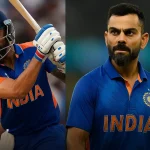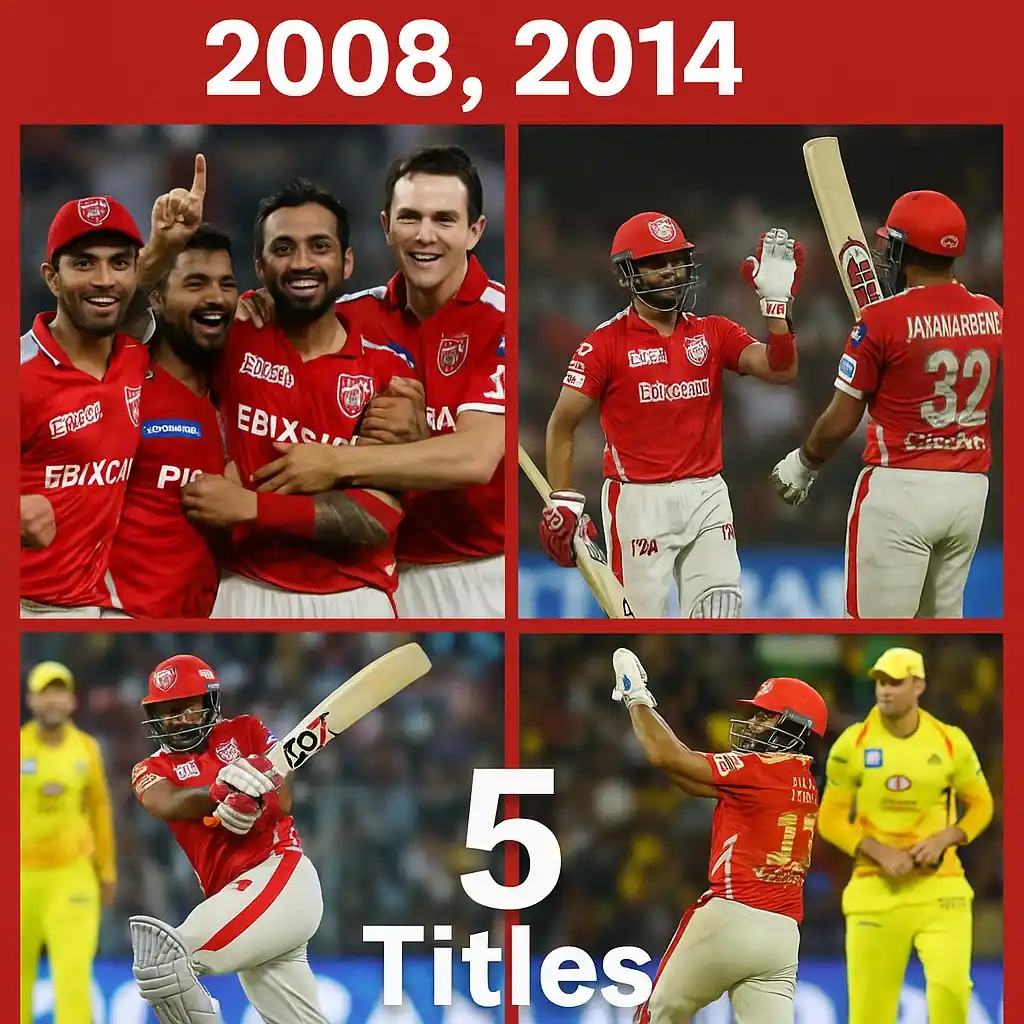
When the Indian Premier League first rolled out in 2008, nobody — not the broadcasters, not the players, not even the billionaires behind the teams — could fully predict what was about to unfold. It wasn’t just a cricket tournament. It was theater. A 20-over spectacle with Bollywood, boardroom egos, and boundaries flying into the night sky. But amidst the chaos, glitz, and auction headlines, one cold and quiet metric quietly dictated the drama: the points table. And that inaugural chart — the points table IPL 2008 — would lay the groundwork for everything that came next.
The Wild First Season: A League Born in Fire and Flash
This was an interesting year for passionate IPL fanatics for a number of reasons. It seemed as though self-made stars were attempting to validate their newfound identities; captains of new franchises were dealing with underperforming sides, and every franchise was still trying to carve out its own identity in the league. All of this created such a potent mix that turned IPL 2008 into a live thriller.
No one was able to believe what was happening as the Rajasthan Royals strutted into their seat at the top of the table, all thanks to Shane Warne’s deft captaincy. Somehow, the swaggering underdog team defied expectations. Royals were not meant to win, especially considering that they had the cheapest squad in the league, but that didn’t stop them. Also, moving further from the supercharged race down the table, we had Kings XI Punjab, who also stomped their way to 2nd after a solid season ending with 10 wins out of 14, just trailing behind the Royals. The top four spots were completed by Chennai Super Kings and Delhi Daredevils (now Capitals), leaving in their wake heavyweight names like Mumbai and Kolkata.
Here’s how that first season’s final table looked:
| Position | Team | Matches | Wins | Losses | Points | Net Run Rate |
| 1 | Rajasthan Royals | 14 | 11 | 3 | 22 | +0.632 |
| 2 | Kings XI Punjab | 14 | 10 | 4 | 20 | +0.509 |
| 3 | Chennai Super Kings | 14 | 8 | 6 | 16 | +0.192 |
| 4 | Delhi Daredevils | 14 | 7 | 6 | 15 | +0.342 |
| … | … | … | … | … | … | … |
Reading Between the Lines of the Points Table IPL 2008
What the numbers don’t immediately tell you is the intensity of those 56 league matches. Every win changed the mood. Every close loss came with scrutiny. The NRR (Net Run Rate) became a daily obsession. Fans who’d never cared about decimals suddenly became math wizards. And that’s what IPL does best — it turns sport into a shared cultural ritual. The points table wasn’t just a statistic; it was a barometer of hope, heartbreak, and momentum.
Kings XI Punjab were especially fun to watch. Yuvraj Singh, then in his prime, captained with swagger. Shaun Marsh, plucked out of relative obscurity, went on to win the Orange Cap. They weren’t just winning — they were enjoying it. The energy from the dugout was raw. It was emotional. And for a while, it felt like they might just take it all the way. Until Rajasthan, as they would throughout the playoffs, proved they were simply on another level.
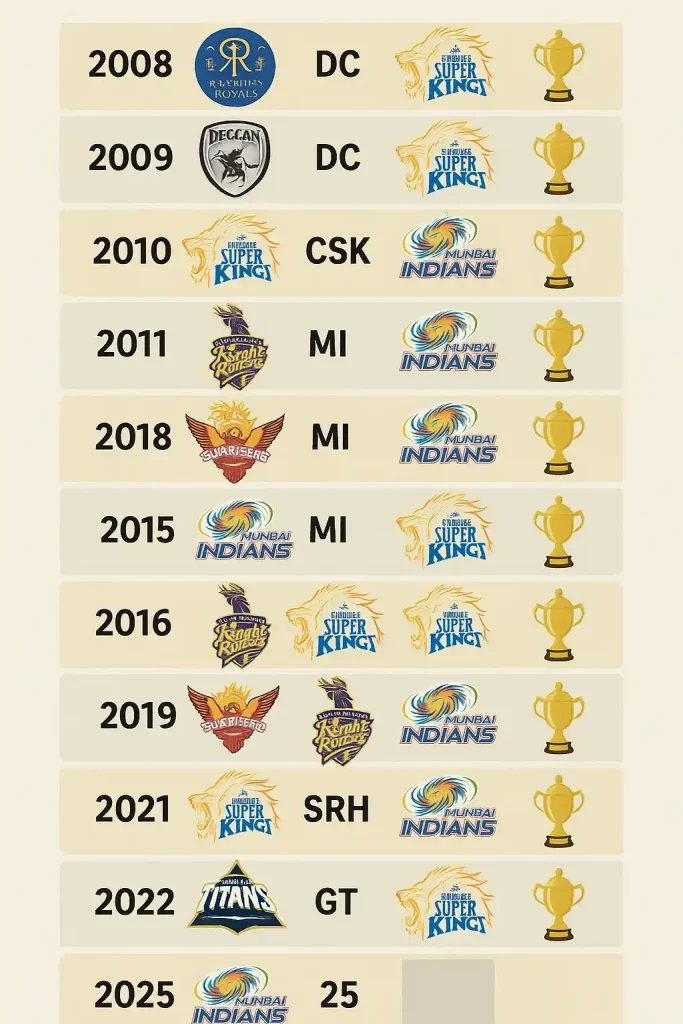
From 2008 to 2025: Tracking the League’s Evolution Through Its Tables
Fast-forward to 2025, and the IPL is a machine. More franchises. Bigger sponsorships. International reach. But one thing hasn’t changed: the tension of the table. The points table IPL 2008 may have been the first, but each season that followed continued the legacy — tight finishes, playoff scraps, and occasionally, miracles.
Let’s look at a snapshot comparing a few standout seasons:
| Season | Top Team | Points | Bottom Team | Points |
| 2008 | Rajasthan Royals | 22 | Deccan Chargers | 6 |
| 2011 | RCB | 19 | Delhi Daredevils | 8 |
| 2018 | Sunrisers Hyderabad | 18 | Delhi Daredevils | 10 |
| 2020 | Mumbai Indians | 18 | Rajasthan Royals | 12 |
| 2025 | Punjab Kings (PBKS) | 18 | Lucknow Super Giants | 10 |
PBKS topping the table in 2025? That was big. After over a decade of inconsistency, changes in management, and nearly forgettable middle-table finishes, they pulled off a clinical league run this year. The blueprint that started in 2008 finally seemed to be paying off — sharper auction decisions, younger local talent, and a better understanding of role clarity on the field.
Why the Points Table Still Holds the Soul of the IPL
In a tournament so often shaped by superstars and soundbites, it’s easy to forget the one thing that doesn’t lie — the table. It doesn’t care about past glories. It doesn’t reward marketing hype. It rewards performance. Consistency. Execution under pressure. And year after year, it delivers tension in its purest form.
You can watch the games. You can argue over player selections and DRS controversies. But by the end of every league stage, your eyes will turn to that grid — the points table, to see if your team made it, if they need a miracle, or if they’ve already packed their bags. And in some ways, that’s the most IPL thing of all. A blend of calculation and chaos. Math with emotion.
The 2008 table reminded us how slim the margins could be. Just a few overs — even a few deliveries — can decide the difference between a playoff spot and an early flight home.
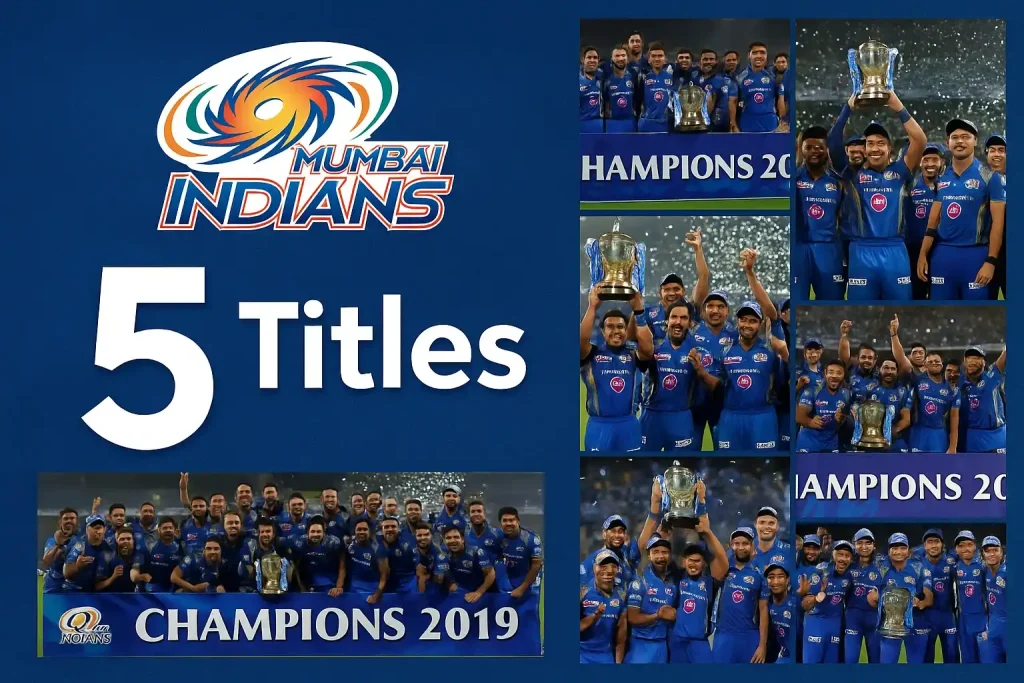
PBKS and Their Curse of Inconsistency (Until Now?)
Returning to the case of PBKS, they, just like every other season, have been able to maintain their competitive edge alongside bolstering the unpopular love-hate relationship with the points table. Their seasons, which seemed like an optimistic roller coaster ride, peaked with radiant anticipation, only for disappointment to ensue. Continuous structural overhauls, captain changes, and tactical mismatches all led to progress reverting completely. It is safe to say it became a running joke that ‘PBKS was always just one game away from greatness — or disaster.’
The current situation in 2025 differs from previous years; the perception now deals with a calm feeling of patience during execution in-game. The current owners are making more informed, data-driven choices. There is also a pressing issue due to the influx of Indian youth while simultaneously having a balanced foreign core. While games no longer remain driven by desperation, pure focus seems to be the dominating reason. The title goal, however, remains out of reach for the time being. Regardless of the outcome, the table is no longer feared, and PBKS certainly has cash-out value.
In Summary: More Than A Table, It’s A Timeline
What started as a basic points tally in 2008 has now transformed into a living history of the league. The points table in 2008 served as a precursor to a novel form of cricket, and each passing year has only added further plots, comebacks, collapses, and title chases to that narrative.
Just like a novel, the IPL points table has its own fluidity. It is a tale that fans experience, perched between rows and columns, and for some, those numbers bring back relentless nightmares. And as long as the league exists, there will always be drama hidden within the numbers—those that were first conceived in 2008, but rewritten every season.

Meet Arjun Kushaan, a passionate cricket analyst at The Cricket24x7. From street matches in his childhood to competitive college tournaments, cricket has always been a central part of Arjun’s life. With a strong background in data analysis and a natural affinity for numbers, he brings a fresh, analytical lens to the game. At The Cricket24x7, Arjun blends his deep love for cricket with his data-driven approach to deliver detailed insights and well-rounded coverage for fans of the sport.

